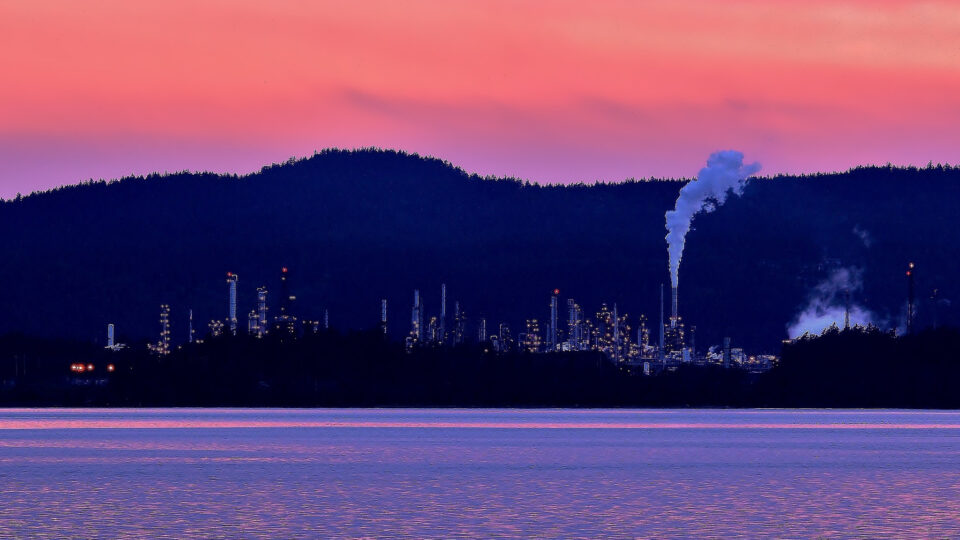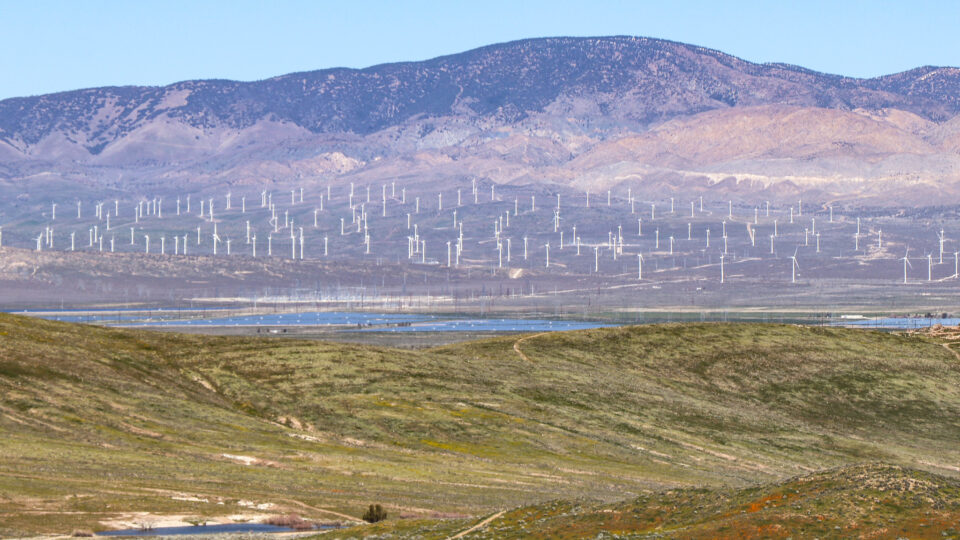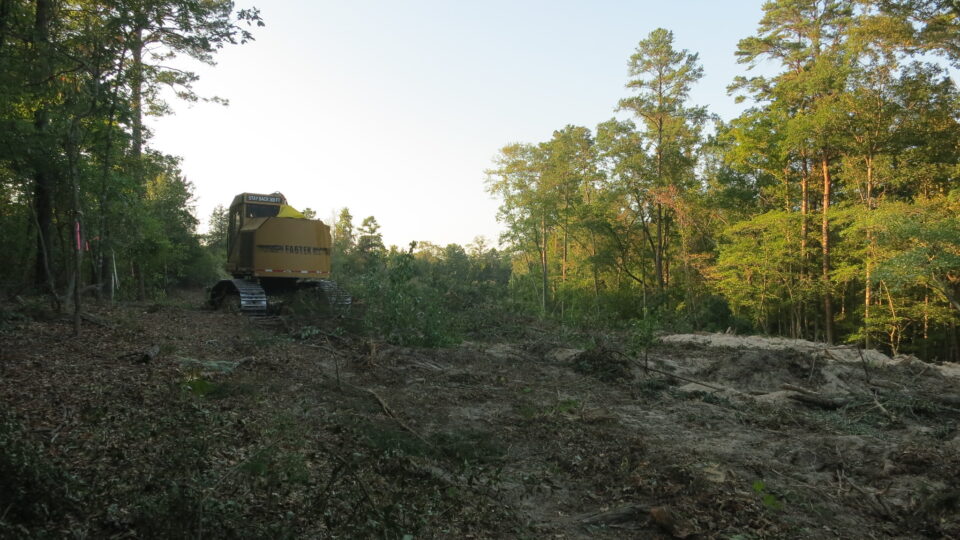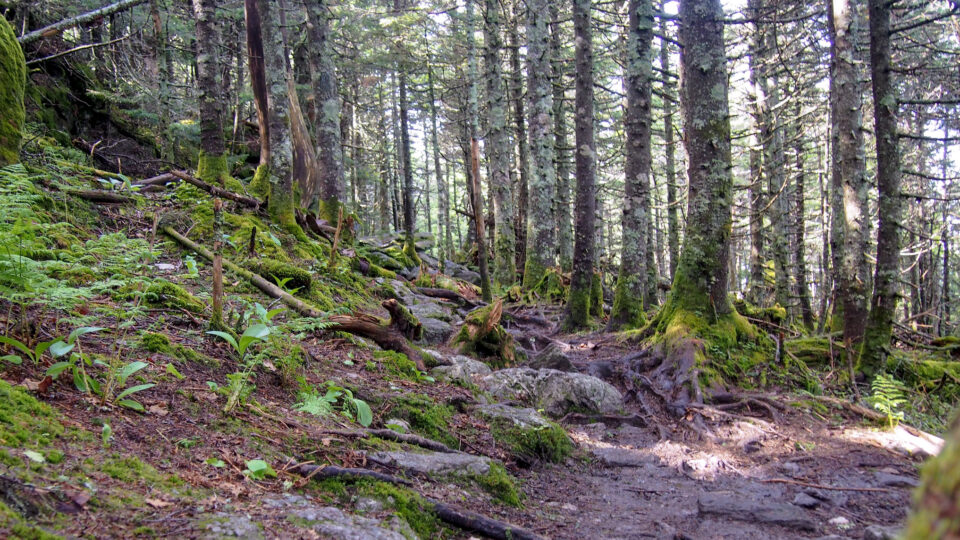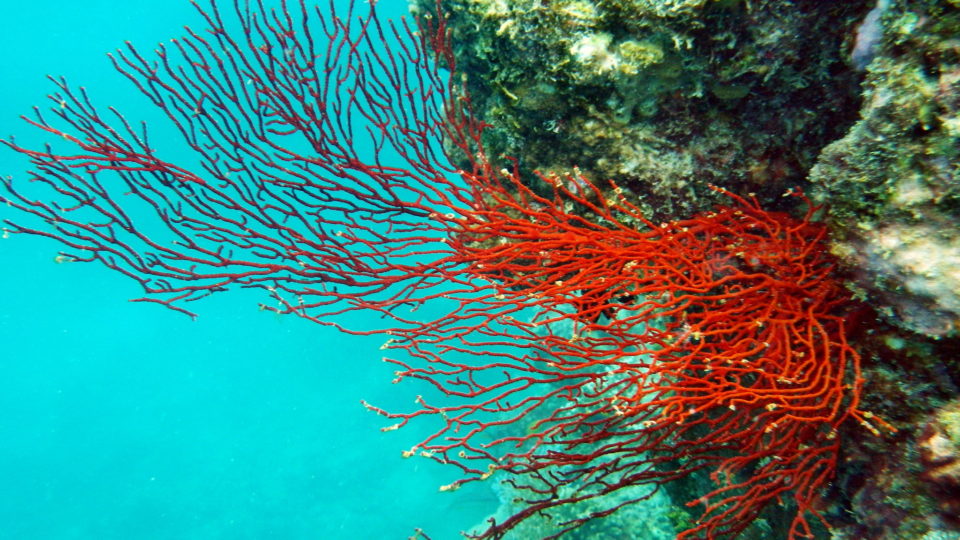For the better part of a decade, there have been lawsuits against fossil fuel companies for their actions related to climate change. The Center for Climate Integrity, a nonprofit that provides legal support to communities suing oil companies, has tracked 32 cases filed by state attorneys general, cities, counties, and tribal nations against companies including Exxon Mobil, BP, and Shell.
There has been extensive news reporting about oil companies’ efforts to undermine the scientific consensus about the climate as well as revelations about oil companies hiding their own research over decades projecting the dangers of climate change.
Oil companies have long sought to shut down the lawsuits or move them from the state courts where they were filed to federal courts where they believe national regulations could override local governments’ claims against them. But a string of circuit court and U.S. Supreme Court decisions have ruled that the cases alleging violations of state laws do belong in state courts.
The first case to reach trial will likely be a Massachusetts case against Exxon Mobil and that could happen as soon as next year.
What do these lawsuits seek? Some seek to force oil companies to pay for the past and future damages caused by climate change that are costing states and communities billions of dollars. Others seek to stop defendants from making false and misleading statements about the effects of burning fossil fuels, from greenwashing their own activities, and to fund corrective education campaigns.
The first trials could lead to a tidal wave of new cases, similar to what happened in the 1990s when tobacco companies were forced to pay billions of dollars under legal settlements.
**********
Web Links
After a long slog, climate change lawsuits will finally put Big Oil on trial
Photo, posted August 18, 2021, courtesy of Chad Davis via Flickr.
Earth Wise is a production of WAMC Northeast Public Radio




